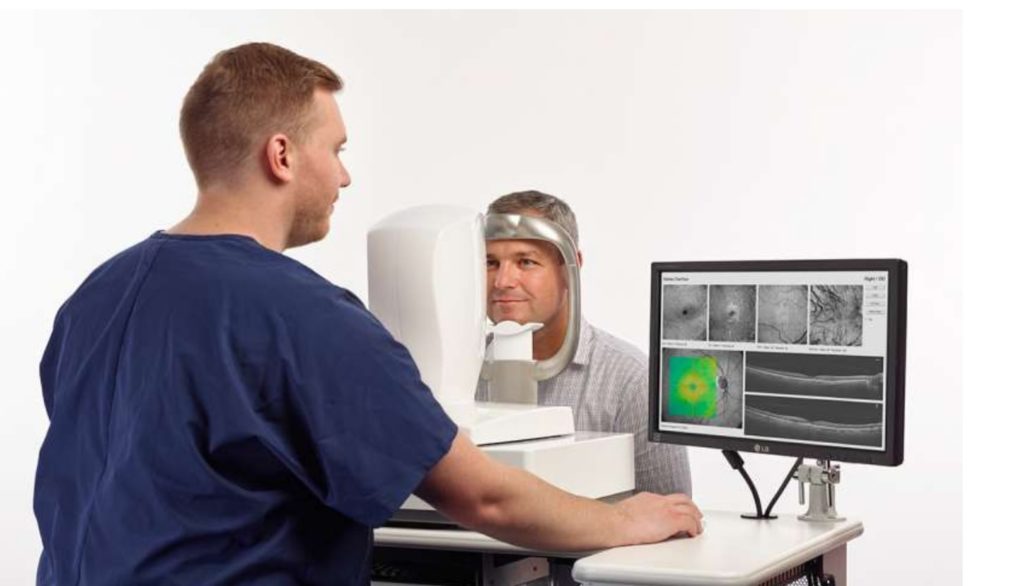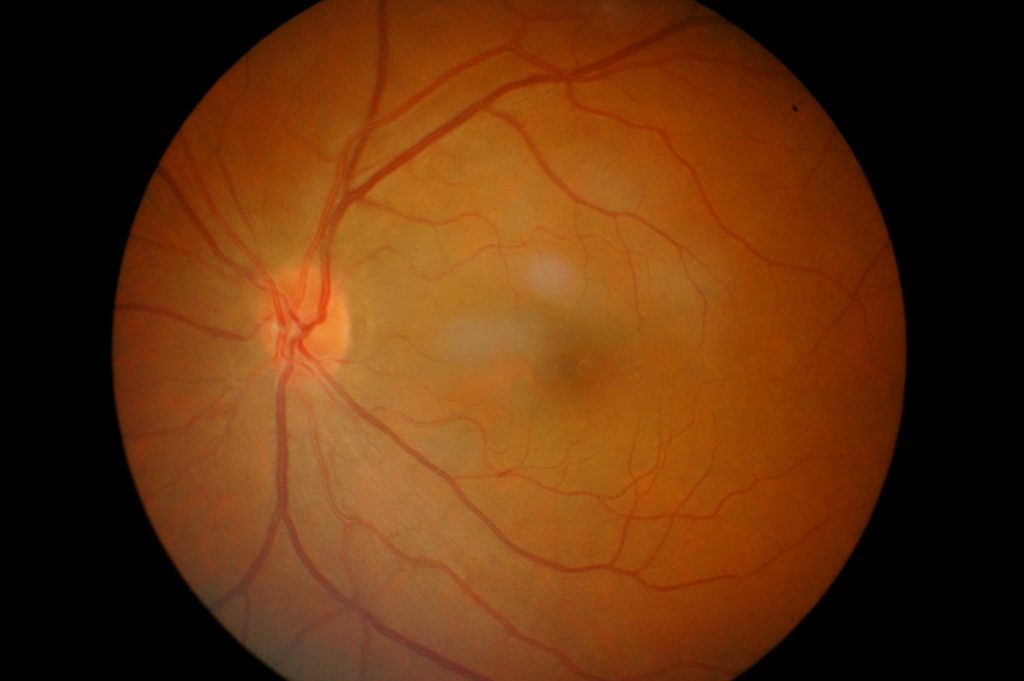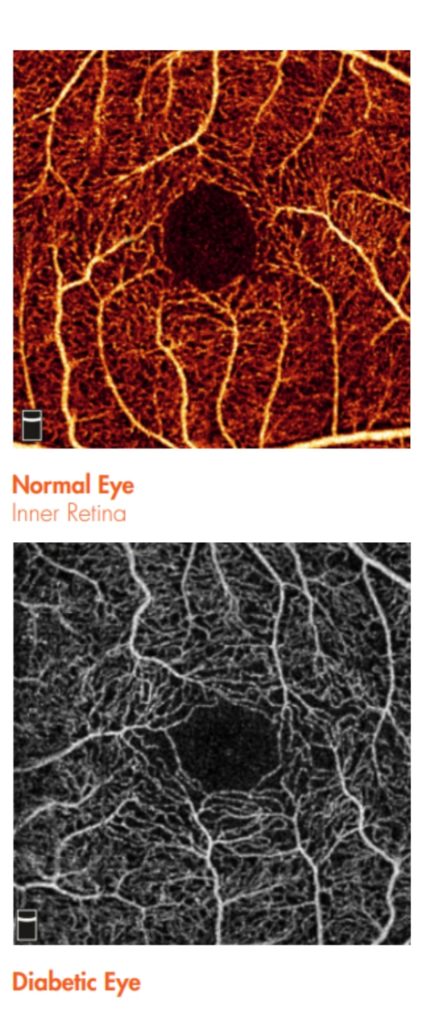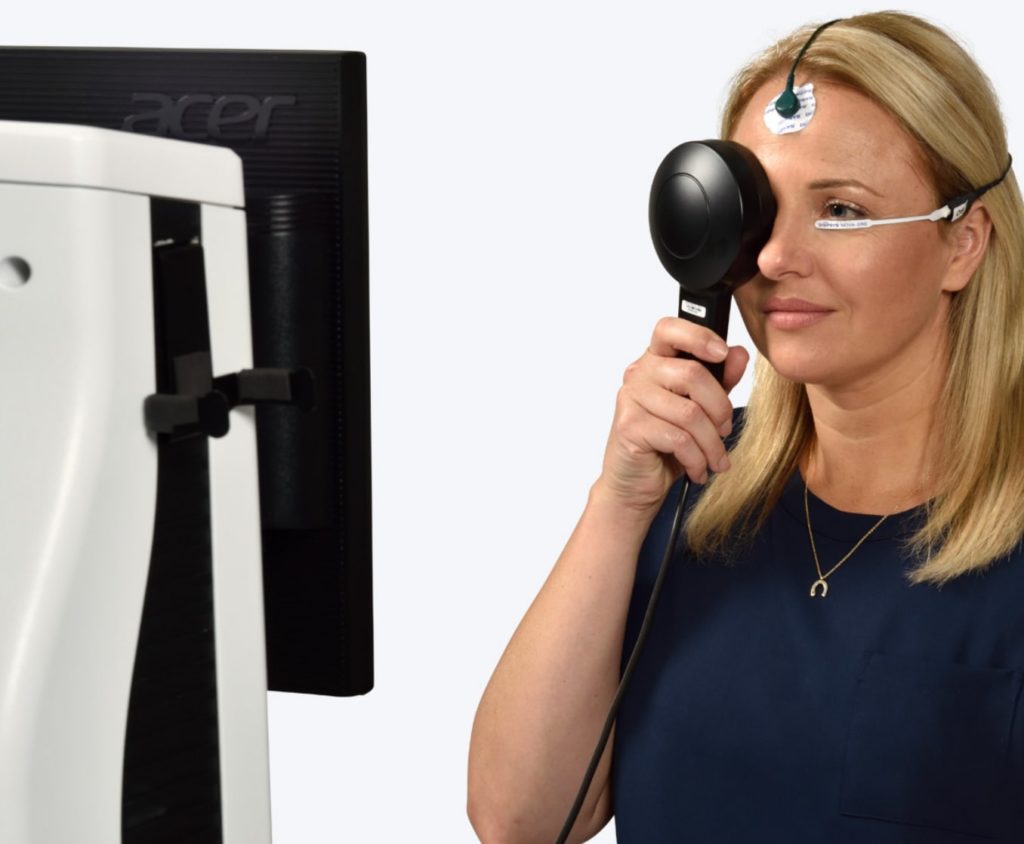Diabetic Eye Awareness
November is Diabetic Eye Disease Awareness Month, and our office is excited to announce a new diabetic eye care protocol, which is designed specifically for early detection of diabetic changes within the eye. The earlier diabetic eye changes are detected, the better chance we have at preserving good vision. We recommend that all diabetic patients be seen for a comprehensive eye exam at least once per year, though our doctors may recommend being seen more frequently. Our office is committed to caring for the vision and overall health of all diabetic patients. Give us a call today to schedule your annual exam!
Overview
Diabetes is growing rapidly in the United States. According to the CDC’s National Diabetes Statistics Report of 2020, just over 1 in 10 Americans has diabetes and nearly 1 in 3 has prediabetes. Diabetes is one of the leading causes of blindness and visual impairment in the United States because it can cause:
- Bleeding in the back of the eye (the retina)
- Swelling of the retina
- Permanent damage to the blood vessels of the eye
- A drop in the eye’s oxygen levels
- Scar tissue formation

Technologies for detecting Diabetic eye disease
Optomap Retinal Exam

This technology provides an ultrawide field image of the back of the eye called the retina. The retina contains tiny blood vessels on the surface that can be damaged by diabetes which can be detected early with this technology. At least yearly imaging is recommended.
Color Vision Testing
Diabetes can affect blue-yellow color vision. Patients that have uncontrolled diabetes can have loss of function of the blue cone cells which can cause someone to confuse blue with green and red with purple. This test is performanced at least once a year for patients with diabetic eye disease.
OCT/OCT-A

Optical Coherence Tomography-Angiography or OCT-A for short is a non-invasive way for our doctors to scan the individual layers of the retina to see the blood vessels beneath. Diabetes can start damaging tiny capillaries beneath the center of the retina called the macula. This can lead to loss of vision over time. This scan is recommended for all diabetics at least once a year.
ffERG

Full-Field Electroretinogram or ffERG is a technology that allows our doctors to evaluate the health of the cells of the retina and how they are functioning. When light enters the eye, it is turned into electrical energy by cells in the retina. This technology uses flashes of light to stimulate an electric response from the cells of the retina which is measured and recorded in a report. It is similar to an EKG test of the heart but for the eyes. Diabetes can cause the cells in the retina not to function properly, leading to impaired vision. This test is performed at least once a year for patients that have diabetic eye disease.




